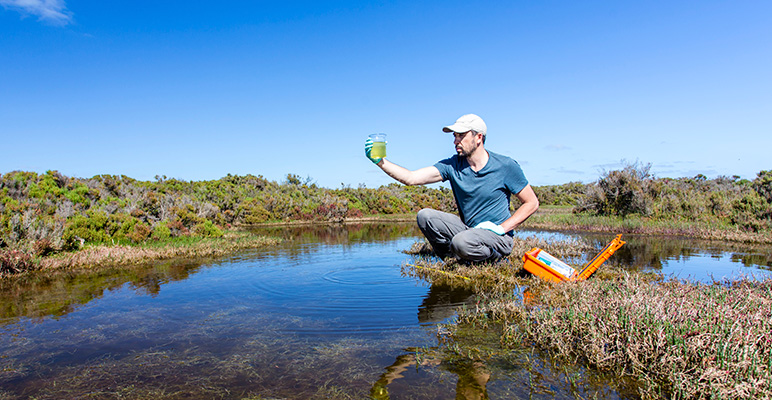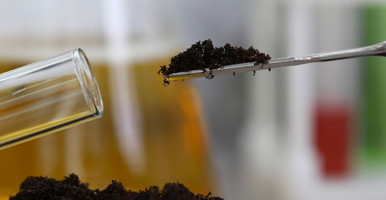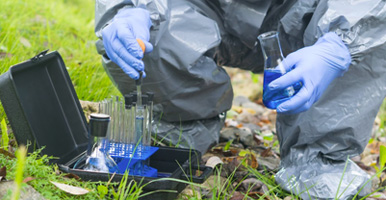EnviroScience Solutions has extensive experience delivering innovative and practical measures to address environmental challenges in the Government and public sector. With more than 15 years’ experience, we have developed strong relationships with our public sector clients by delivering on some highly complex, time-sensitive and large-scale projects.
Our qualified and experienced team, including Occupational Hygienists and Certified Environmental Practitioners (CEnvP) are strategically based across regional New South Wales, and are highly mobile, to ensure minimal disruption to business and services. While our in-house NATA accredited laboratory ensures quick turnaround on asbestos testing.
Specialising in the identification, monitoring and management of contaminants and hazardous materials, our services include asbestos testing and registers, airborne and flood mould assessments, indoor air quality, lead air and paint sampling, silica dust monitoring and exposure testing, drinking and ground water testing, and contaminated land management.








